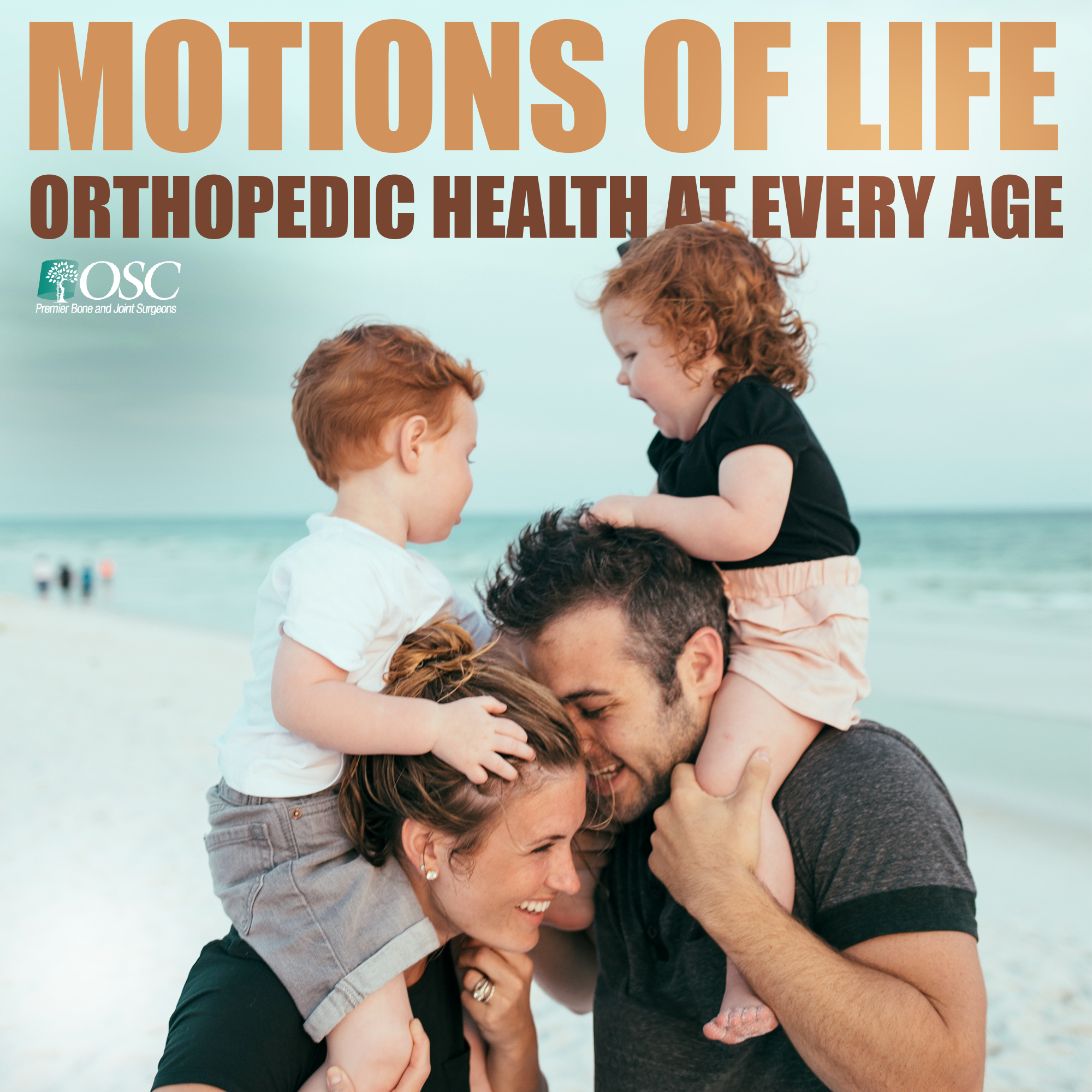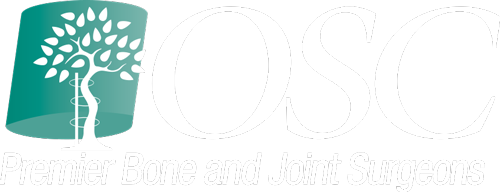
Remodeling a home is a messy process. Torn up floors, exposed beams, and ripped out walls all serve as a reminder that things wear down over time and must be replaced.
Much like remodeling living spaces, our bodies change to accommodate growth. This remodeling process is especially important when it comes to our bones.
As we age, from infancy to late adulthood, the type of preventative care and treatment that our bodies need will look very different.
As we move through each motion of life, here’s a blueprint of what to expect from our orthopedic health.
Childhood Orthopedic Health
Infants and children experience vastly different musculoskeletal problems than adults, and they may require care from a specialized Pediatric Orthopedist.
Pediatric Orthopedists have the widest available range of treatment options available because skeletal structures in infancy and adolescence are still under development and respond more easily to care. Often, younger patients also experience shorter recovery times from corrective surgeries.
Common bone-related diseases for this age group includes Blount disease (a bowing of the legs in infants and overweight adolescents), knock knees (knees pointed inward), and fractures, which are the most common reason for orthopedic treatment.
Often, immobilization and other nonoperative treatments are used to treat fractures in children. However, there are cases in which surgery yields better long-term results.
As young bodies grow, bone growth plateaus, resulting in bone mass deteriorating faster than it can be replaced. For this reason sun exposure, nutrition and regular exercise are important in promoting healthy bone growth and decreasing future risk of skeletal injury.
Decisions related to surgical correction in children are not made lightly. Orthopaedists will look for nonsurgical methods that preserve bone, though these procedures may result in longer recovery times.
Orthopedic Health in Adolescence
Teens are at particularly high risk for abnormal or underdeveloped bones. During puberty, bone growth is accelerated, which can magnify issues resulting from fractures and other bone-related injuries.
About 17% of skeletal growth occurs during puberty. In these key years (ages 14 to 20), nutrition, including high calcium intake, and weight-bearing exercise are important in promoting maximum density in bone growth.
Hormonal changes that happen during puberty are also very important for spurring on bone growth. An imbalance of sex hormones during puberty can adversely affect proper maturation of bones.
Balance during these years is extremely important, as under eating and excessive exercise can stunt bone development. Teens should try to eat four calcium-rich meals per day, accompanied with about one hour of physical activity.
Orthopedic Health in Adulthood
As bone mass levels out into adulthood, it is important to remain active and maintain a steady intake of calcium.
Healthy adults should aim for 30 minutes of physical activity per day, and 1,000 to 1,200 milligrams of calcium. In adulthood, the pliability of bones begins to decrease, and as most adults reach their peak bone mass at age 30, fractures become more common.
Women who are going, or have gone through menopause (generally after age 50) are at greater risk of bone disease. In post-menopause, the body produces fewer of the hormones that help strengthen and protect bones. Hormone therapy is widely used as an alternative to surgical treatment.
In general, orthopedic surgeries in adults are now more accessible than ever due to advances in technology that promote safety and quick recovery.
Orthopedic Health in Late Adulthood
Late adulthood is the most high-risk time for orthopedic injury due to the vulnerability of weakening bones and joints.
Low-impact exercises such as climbing stairs and walking reinforce bone growth and density.
Nutrition goes hand in hand with exercise. Calcium intake is crucial in late adulthood, with men needing about 1,000 milligrams, and women about 1,200 per day. Along with calcium, a diet rich in potassium and Vitamin D and K can help reduce risks associated with loss of bone density.
Maintaining a healthy weight and avoiding falls are crucial during these years of injury vulnerability.
It is highly recommended that women over 65 get a bone density test and make a plan with their doctor about the best ways to maintain orthopedic health.
Things to keep in mind
Options for orthopedic treatment are safer and more available than ever, but the best treatment is always prevention. A healthy diet and exercise are great ways to ensure that you are doing the best for your bones at every age and through every motion of life.
